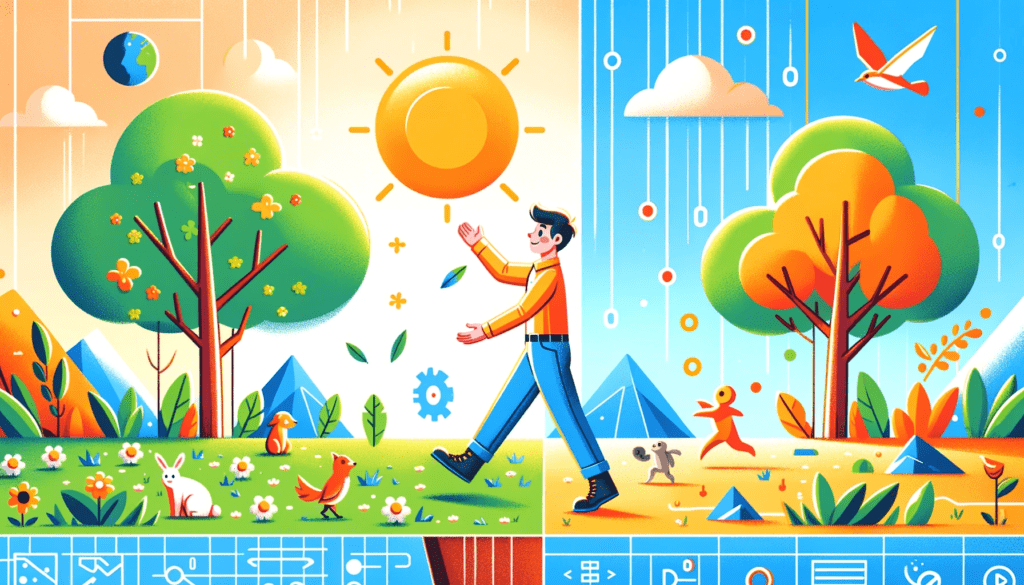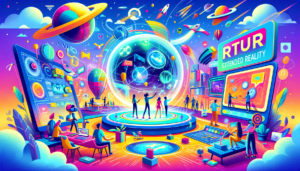As Extended Reality tech keeps pushing open the curtains of reality, it’s easy to slip away from the real world. It’s also easy to think they are distinctively different but are they really?
Digital escapes are enticing. What’s really fascinating is how they can make us feel more connected to our everyday experiences. It’s like XR is giving us a new lens to see the world through, making normal life a bit more special.

The concept of using technology to ‘disappear’ from the reality isn’t new. However, VR and AR bring an unprecedented level of mental transportation. VR, in its closed-off, all-encompassing nature, can offer a full refuge from the outside world. Meta Quest and PlayStation VR, for instance, can transport users to far lands, from serene beaches to intergalactic realms, all from the comfort of a couch.
On the flip side, AR, through platforms like Snapchat, overlays digital elements onto the real world. It doesn’t shut out the physical world but instead, adds a layer of digital enchantment to it. This can be as simple as filters that turns the sky into a canvas of stars or as complex as AR apps that bring historical figures to life in classrooms.

From a technical standpoint, the escapism offered by VR and AR has profound implications, particularly in mental health. VR therapy, for example, is being used to treat conditions like PTSD, offering a safe environment for patients to confront and work through their traumas. Similarly, AR applications in psychology are helping patients tackle phobias by gradually introducing them to their fears in a controlled, yet real-world context.
Reconnecting with Reality
Ironically, the very technologies that enable us to escape reality also have the power to bring us closer to it. VR and AR can enhance real-world experiences, making them more accessible and engaging. Educational uses are a prime example not to mention the entertainment factor. VR can simulate historical events or scientific phenomena, offering people a learning experience that deepens their emotional connection to the subject matter.
Extended reality is redefining social interaction. Social VR platforms like VRChat and Meta Worlds allow people to interact in a virtual space, transcending traditional meeting spaces. This aspect of VR can be particularly meaningful for those with mobility issues, social anxieties or loneliness offering a platform where physical constraints are no longer a barrier to socialization.

So what does it mean?
As we continue to explore the realms of XR, it’s crucial to recognize their dualistic nature. While they offer an the ultimate escape, they also have the potential to deepen our understanding and connection to the world. I see a future were we accept this new digital exploration as part of reality itself.
Whether it’s through therapeutic applications, educational enhancements, or new forms of social interaction, VR and AR are not just about leaving reality behind – they’re about enriching it in ways we’re just beginning to understand.




